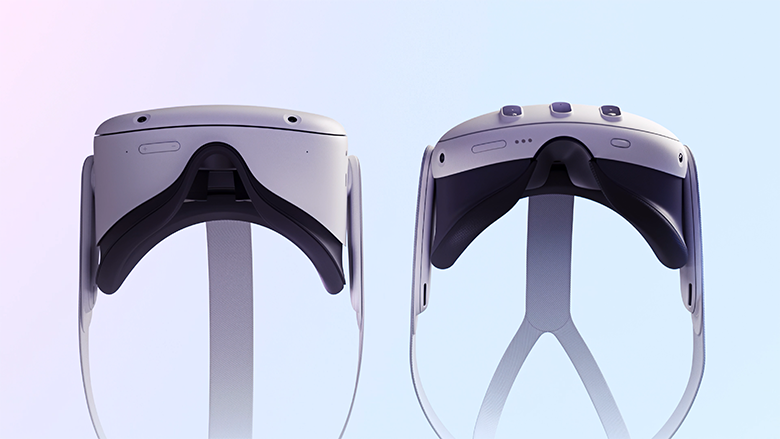AWS has announced the general availability of its Amazon Security Lake, designed to be a central, purpose-built data lake to handle all things security and make it easier to see and act on information in one place.
Amazon Security Lake promises to pull in data from customers’ AWS environments, as well as other SaaS providers, on-prem environments, and cloud sources, in accordance with the OCSF open standard. At launch, the company’s headline figures include more than 80 sources, security partners, and analytics providers, as well as 55 customers and partners like CrowdStrike and Datadog.
Unlike Microsoft, which has been accused of various anticompetitive doings and is in the midst of a European antitrust case, Amazon hopes its approach to working with other cloud hosting companies will keep customers happy, thus they will continue to pay for AWS services as part of their multicloud strategies.
Amazon Security Lake
Amazon Security Lake was first announced at the company’s re:Invent 2022 event, where it immediately went into preview in seven AWS regions, which laid the foundation for six months of testing up until this point.
As part of the rollout, more AWS regions have been included, meaning customers in the following regions can now get access to the lake: US East (Ohio), US East (N. Virginia), US West (Oregon), Asia Pacific (Singapore), Asia Pacific (Sydney), Asia Pacific (Tokyo), Europe (Frankfurt), Europe (Ireland), Europe (London), and South America (São Paulo). More regions are promised to get support soon.
Pooling security data from such a broad spectrum of environments into a single lake looks to be an efficient way of identifying, assessing, and responding to threats across a business’s IT. AWS Security Services VP, Jon Ramsey, said:
“With more than 80 sources providing data to Amazon Security Lake, security teams can achieve greater visibility into potential security threats and how to respond to them, further protecting the workloads, applications, and data that are critical to driving business forward.”
- Check out our roundup of the best endpoint protection software
